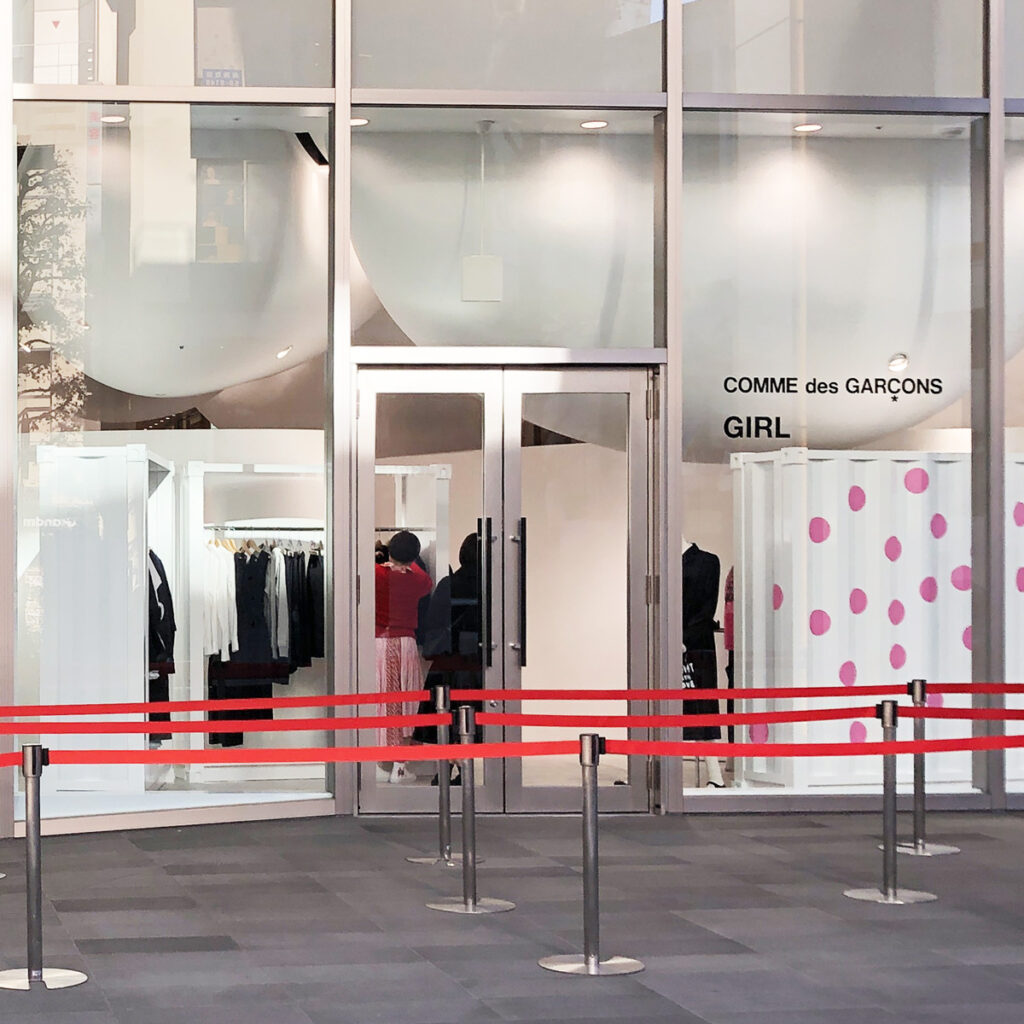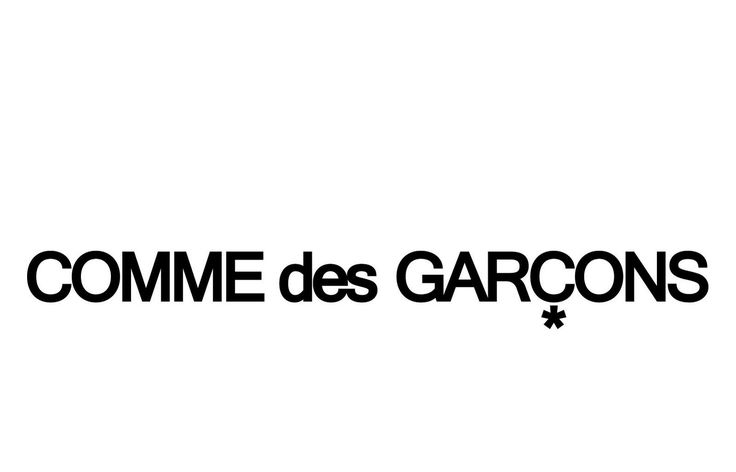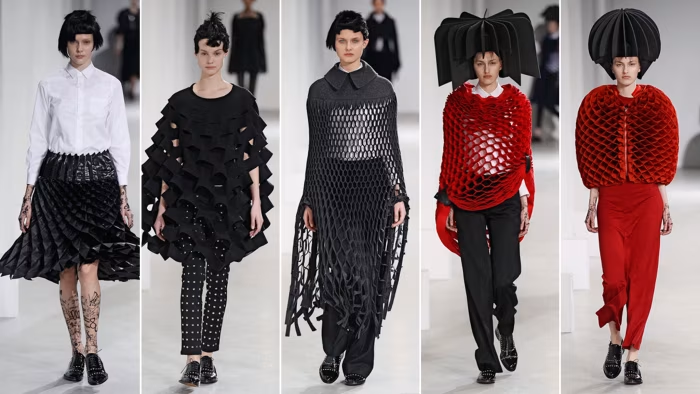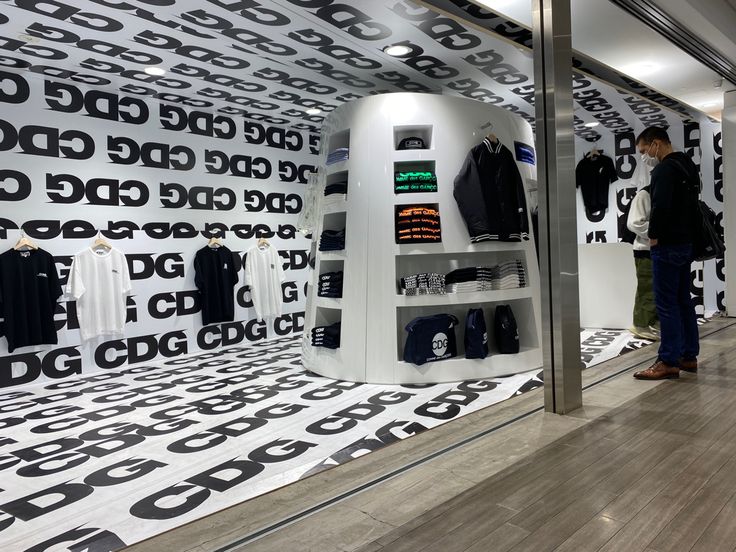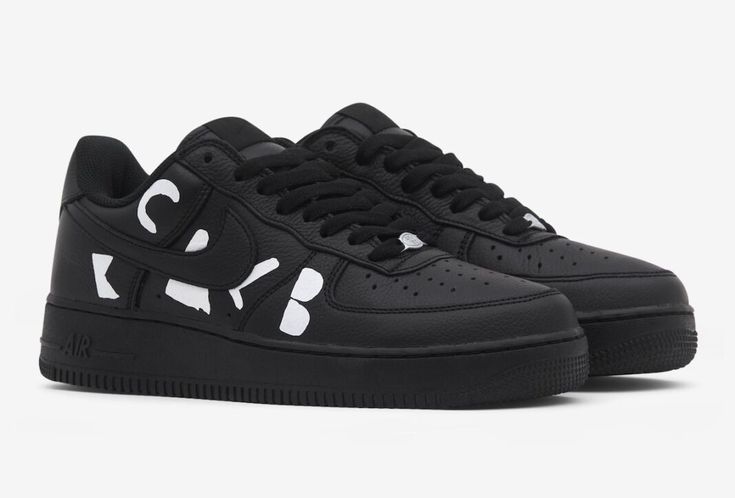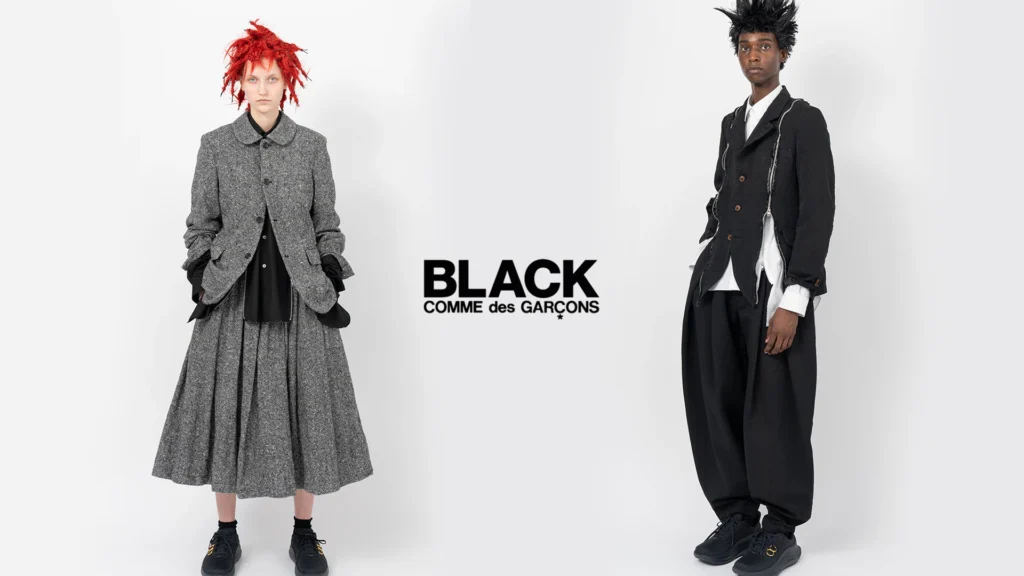Introduction: Seoul Meets Tokyo in the New Luxury Era
Japanese avant-garde fashion and K-Fashion innovation are coming together in a brand new awakening age of creativity. The center of this cultural convergence is Comme des Garcons in South Korea – the representative of the idea of luxurious concepts, non-conformist design and Asian creative cross-cultural fusion.
Comme des Garcons (CdG) has been relentlessly defying conventional beauty, form and luxurious standards established by its founder, the visionary Rei Kawakubo. The introduction of CdG into the Korean market is, in Seoul, a city where no one is afraid of trying anything in fashion, an act of two avant-garde cultures colliding, the philosophical deconstructionism of Japan, and the street-smart, expressive energy of Korea.
The Evolution of South Korea’s Fashion Scene
South Korea has become a fashion giant in the world, thanks to the impact of K-Pop, digital media, and youth culture and creativity. The K-Fashion movement, which is a combination of street style, luxury, and pop culture has been successful and has drawn the eye of big names in the design fields across the globe.
However, in the slickness of K-Pop and glamour partnerships, Comme des Garcons in South Korea offers something uncharacteristic: substance, insignificance, and insubordination.
- The young consumers in South Korea are after brands that portray their personality and intellect, and not trend-following.
- The Seoul Fashion Week has turned into a world-renowned experimental designers which serves as a successful soil to the CdG conceptual ethos.
- The Rei Kawakubo anti-establishment spirit finds its reflection in the art, music, and other subculture movements in the city.
Comme des Garcons provides a different form of exclusivity in a market, which previously composed of logo-saturated luxury.
Comme des Garçons in Seoul: The Heart of Avant-Garde Retail
The Comme des Garcons Seoul represents the philosophy of the brand based on retail as experience. The boutique also serves as a cross between a gallery, concept laboratory and cultural hub located in the up-market area of Cheongdam-dong, which is the center of luxury fashion in Seoul.
The interior decor, which is personally done by the team of Rei Kawakubo, is industrial in texture, asymmetrical walling, and bare minimalist presentation, which creates a visual interaction between chaos and order. Every collection is displayed as a piece of art, that is, one should reflect on it instead of consuming it.
- The store carries Comme des Garcons mainline, Comme des Garcons PLAY, and Comme des Garcons Homme Plus collections, in addition to exclusive collections of Dover street Market.
- The partnership with other brands like Nike, Supreme, and Gucci are all aimed at fashionable Seoulites who are interested in combining the world street style with the latest art.
- The boutique frequently features pop-up installations in honor of Korean culture, art, and local design, and it can be considered an extension of Tokyo into the creative worlds of Seoul.
To the consumers of South Korea, going to Comme des Garcons Seoul is not a process of shopping but rather a process of pilgrimage to the philosophy of design.
Rei Kawakubo’s Philosophy and Its Resonance in Korea
The objective of Comme des Garcons that Rei Kawakubo has always had is to challenge rather than adhere to the rules of fashion. Her design motto that includes the creation of something that has never been created before rings heavy with the design-driven culture of South Korea.
The up-and-coming artists of Korea, whether they are fashion students attending Hongik University or independent designers at Seoul Fashion Week, are also convinced by Kawakibo in the power of the conceptual storytelling and the emotional innovation.
The imperfection and androgyny of CdG are an indication of the ambiguous identity of Korean youth culture: a rejection of adherence to rules and norms in favor of self-expression and artistic revolution.
By doing so, Comme des Garcons in South Korea has grown to be an aesthetic symbol and also a philosophical symbol:
- It disputes standards of beauty, just like K-pop idols who change gender norms.
- It appreciates personal significance, as opposed to social approval – a message that rings very loudly in the image-obsessive culture of Korea.
- It is situated at the crossroads of fashion, performance and cultural commentary – as is the case with the flourishing art and music scenes in the country.
K-Fashion Meets Avant-Garde: A Creative Fusion
The avant-garde DNA of K-Fashion has been combined with Comme des Garcons and this has brought about an interesting cultural crossbreed.
K-Fashion is also an experimentation, street-driven, youth-driven innovation, which is in line with the rebellious spirit of CdG itself. The concepts of Japanese conceptual design have been inspiration to Korean designers like Andersson Bell, Ader Error and 99% IS who have fused the intellectual deconstructivism of Tokyo with the urban sense of Seoul.
In the meantime, Korean influencers and stylists have been wearing pieces of comme des garcons in order to be unique to the worldwide fashion discourse:
- The heart logo of CdG PLAY has developed into a hidden reference in the streetwear culture of Seoul.
- The high-end CdG collections are common in the editorials, fashion magazines, and K-pop music videos.
- Avant-garde fashion is frequently worn by such celebrities as G-Dragon, RM (BTS), or CL and is regarded as a sort of pop-cultural response.
Simply put, K-Fashion meets Avant-Garde is no trend but a creative movement that glorifies experimentation and identity.
The Influence of Dover Street Market and the Global CdG Network
Dover Street market Seoul is not an official brand but the impact of Dover street market is strongly experienced in the South Korean fashion market. The Korean concept stores that have been inspired by this concept retail model include Boontheshop, Rare Market and Beaker.
These stores are following CdG philosophy fashion as curation where art, design and retail co-exist. CdG still has a high presence in the luxury ecosystem of Seoul by relying on exclusive pop-ups and partnerships.
Furthermore, the Korean fashion consumers frequently visit the Dover Street Market Ginza (Tokyo) and DSM London, and there is a constant flow of the avant-garde ideas between Korea and Japan.
Cultural Impact: From Subculture to Mainstream
The introduction of Comme des Garcons into the South Korean market has spurred the change in perception of luxury. Korean consumers are also adopting conceptual authenticity, as opposed to a status or price.
The impact of CdG is much more widespread than its clothing, though it can be seen in Korean art shows, the Korean-indie music, and architecture that has a CdG experimental lineage. Korean city youth have been loyal to the concept of New Wave Luxury, defined as individualism, emotion, and imperfection as the substitutes to the traditional codes of luxury.
This cultural wave reverberates through Seoul among creative neighborhoods of Hongdaeindie boutiques to Itaewon experimental fashion zoneswhere the spirit of disruption of Comme des Garcons lingers in each deconstructed jacket and misplaced hemline.
The South Korean Luxury Consumer: Individualism Over Logos
The contemporary South Koreans are tech savvy, international conscious and full of culture. They are no longer interested in luxury as a status symbol but rather, in a story, emotion, and art.
The new luxury attitude is closely consistent with the philosophy of Comme des Garcons:
- Minimal meaning, maximal branding.
- Touch of feeling, instead of visual splendor.
- Artisanship combined with intellectual richness.
Korean consumers have been one of the earliest to welcome into their lives the so-called quiet luxury, which is low profile but intellectual, with Comme des Garcons becoming one of the most popular icons of such trend.
The popularity of CdG among innovative professionals, stylists, and designers further confirms the status of the brand as luxury among people who think, rather than follow.
The Future of Comme des Garçons in South Korea
As the barriers between art, fashion and technology grow even more blurred, Comme des Garcons in South Korea can be expected to continue growing.
Possible directions would be:
- Partnerships with Korean artists and brands, combining CdG design philosophy and digital innovation in Seoul.
- AR/VR shopping experiences and immersive fashion shows that appeal to consumers who are tech-driven.
- Greater involvement in online platforms such as Naver Shopping, KakaoStyle, and Musinsa where the Korean Gen Z fashion culture is flourishing.
The presence of CdG in South Korea where it is known as a cultural trendsetter will certainly grow beyond the retail sector – it will be a part of the creative luxury revolution in the Asian continent.
Conclusion: Redefining Luxury through Cultural Dialogue
Comme des Garcons in South Korea is not just a brand appearance, but a creative partnership between two of the most creative cultures in Asia.
The mixture of the youthfulness of K-Fashion and the vision of Rei Kawakabo makes this collaboration redefine luxury in a new generation: intellectual, emotional, and not shy to be an individual.
In Seoul Comme des Garcons does not only sell clothes but it also sells the freedom of expression, philosophy, and artistic revolution. With K-Fashion having an increasingly significant trend the world over, CdG must be feeling the pressure to make sure that South Korea is not only a consumer of fashion, but also its producer.


